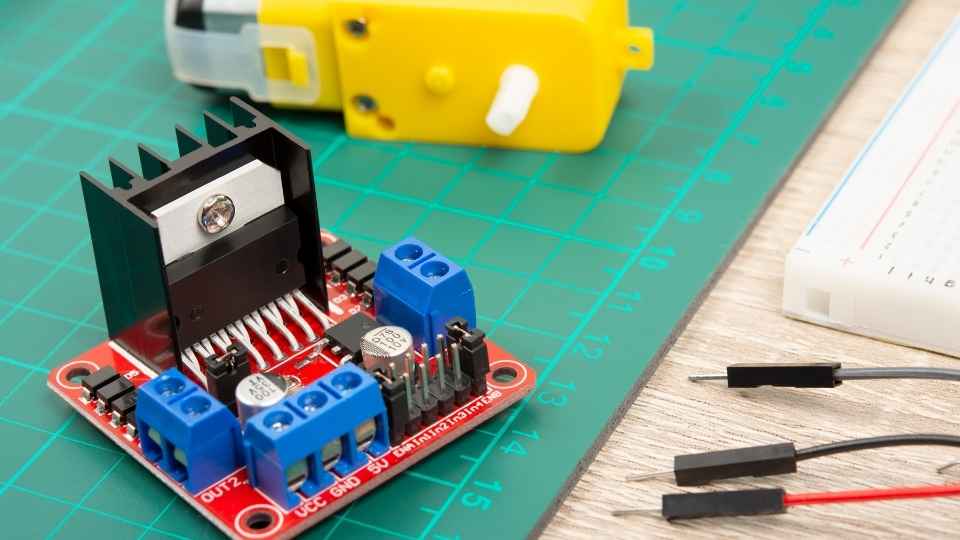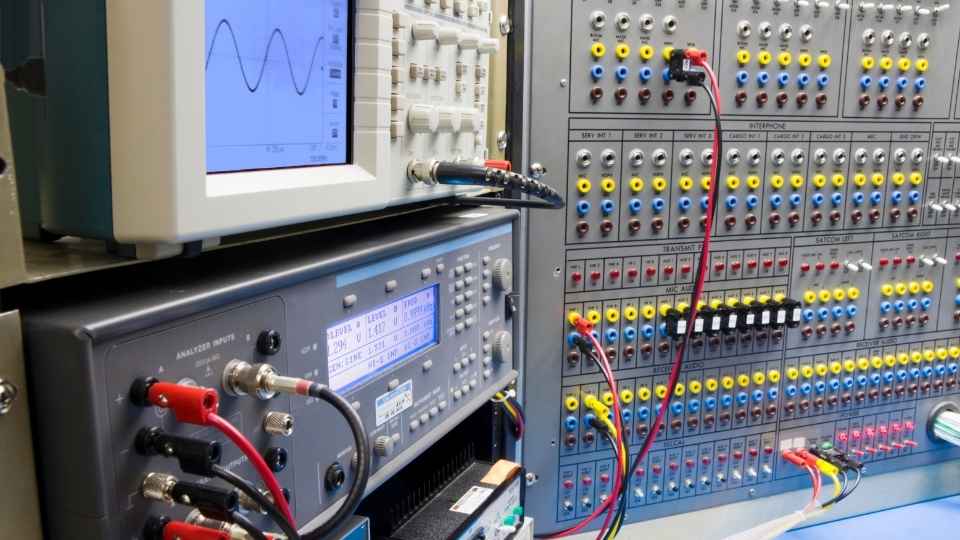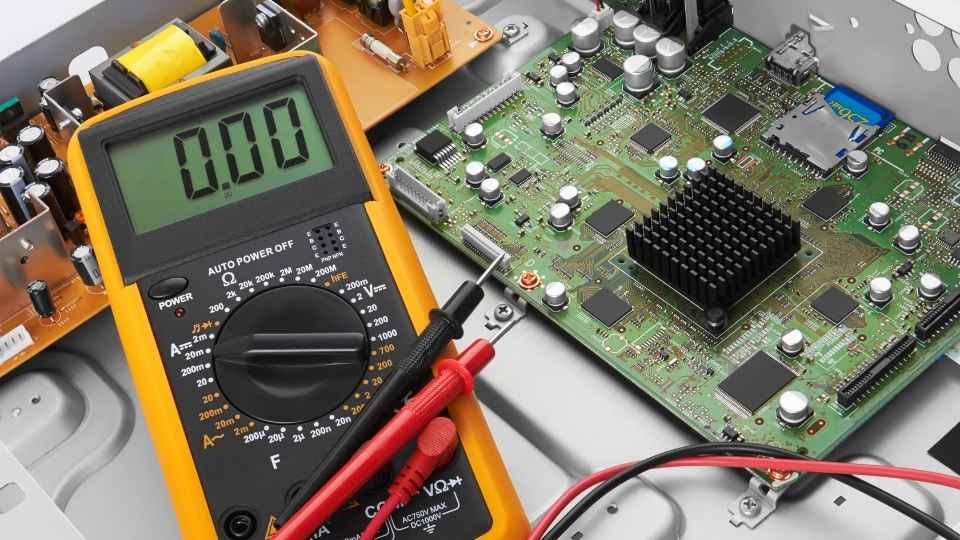
Real-time operating systems (RTOS) have become essential in the world of microcontroller tasks, ensuring precise and efficient execution.
However, some may argue that implementing an RTOS can be complex and time-consuming.
Enter FreeRTOS, a powerful open-source solution that simplifies microcontroller tasks while maintaining real-time capabilities.
In this article, we will delve into the benefits of using FreeRTOS, exploring its multitasking abilities, kernel functionalities, and task scheduling techniques.
Prepare to unravel the seamless integration of FreeRTOS as it revolutionizes microcontroller programming for maximum efficiency and freedom.
Key Takeaways
- FreeRTOS is an open-source RTOS that simplifies microcontroller tasks by providing efficient task management and priority scheduling mechanisms.
- FreeRTOS offers a lightweight kernel with minimal overhead and is portable across different microcontrollers.
- FreeRTOS provides features like task scheduling, inter-task communication, and synchronization primitives.
- FreeRTOS allows developers to customize and adapt the operating system to meet their specific requirements.
Understanding Real-Time Operating Systems (RTOS
Real-time operating systems (RTOS) play a crucial role in simplifying microcontroller tasks by providing efficient task management and priority scheduling mechanisms. These systems are specifically designed to meet the strict timing requirements of real-time applications, where tasks need to be executed within precise time constraints for successful operation.
FreeRTOS is one such open-source RTOS that offers a simplified approach to microcontroller programming. It provides a lightweight kernel with minimal overhead, allowing developers to focus on their application logic rather than dealing with complex system-level details. FreeRTOS offers features like task scheduling, inter-task communication, and synchronization primitives, enabling efficient utilization of system resources.

The simplicity of FreeRTOS lies in its portability across different microcontrollers and its flexibility in adapting to various application requirements. With a wide range of supported platforms and an active user community, FreeRTOS empowers developers with the freedom to choose their preferred hardware while enjoying reliable real-time performance.
Exploring the Benefits of Using FreeRTOS
By utilizing FreeRTOS, developers can streamline the execution of concurrent tasks on microcontrollers, enhancing efficiency and resource management. FreeRTOS offers several benefits that make it a popular choice among developers seeking freedom in their real-time operating systems:
Flexibility: FreeRTOS allows developers to customize and adapt the operating system to meet their specific requirements. It provides a modular architecture that enables easy addition or removal of features as needed.
Portability: FreeRTOS is designed to be highly portable, allowing it to run on various microcontroller architectures and platforms without major modifications. This portability reduces development time and effort, making it easier for developers to switch between different hardware platforms.
Community Support: FreeRTOS has a large and active community of users who contribute to its development and provide support through forums, documentation, and code examples. This community-driven approach ensures continuous improvement and helps developers overcome challenges during the development process.
Overall, FreeRTOS empowers developers with the freedom to efficiently manage tasks on microcontrollers while benefiting from flexibility, portability, and community support.
Simplifying Microcontroller Tasks With Freertos
With its modular architecture and extensive community support, developers can efficiently manage concurrent tasks on microcontrollers using FreeRTOS. This real-time operating system (RTOS) simplifies the execution of complex applications by providing a lightweight, scalable solution that maximizes resource utilization.

FreeRTOS offers a wide range of features and functionalities specifically designed for microcontrollers. It allows developers to create multiple tasks that can run concurrently, each with its own priority level. This enables efficient multitasking and ensures critical tasks are given higher priority.
Additionally, FreeRTOS provides mechanisms such as semaphores, mutexes, and queues for inter-task communication and synchronization. These features facilitate data sharing between tasks while protecting against race conditions.
Furthermore, FreeRTOS offers power management capabilities to optimize energy consumption in battery-powered devices. It provides tickless idle functionality that allows the microcontroller to enter low-power modes when there are no pending tasks.
Overall, FreeRTOS empowers developers to build robust and efficient microcontroller applications while enjoying the freedom of an open-source platform supported by a vibrant community.
Implementing Multitasking in FreeRTOS
When implementing multitasking in FreeRTOS, it is essential to consider:
Task prioritization methods: This determines the order in which tasks are executed based on their priority levels. It ensures that higher-priority tasks are given precedence over lower-priority ones.
Context switching mechanisms: This allows for smooth transitions between different tasks, enabling efficient utilization of system resources. Context switching involves saving the current task's context and restoring the context of the next task to be executed.

Synchronization and communication techniques: These facilitate inter-task communication and data sharing, promoting collaboration among tasks for optimal system performance. Synchronization mechanisms such as semaphores, mutexes, and event flags ensure that tasks can coordinate their actions and access shared resources safely. Communication techniques like message queues and task notifications enable tasks to exchange data and synchronize their execution.
Considering these aspects is crucial for effectively implementing multitasking in FreeRTOS and ensuring the efficient operation of the system.
Task Prioritization Methods
Task prioritization methods in FreeRTOS play a crucial role in effectively managing microcontroller tasks. By assigning priorities to tasks, the real-time operating system ensures that critical tasks are executed promptly while still allowing lower priority tasks to run without blocking the system. This approach provides freedom for developers to prioritize their tasks based on their specific requirements.
The task prioritization methods in FreeRTOS include:
Preemptive Scheduling: Tasks with higher priority preempt lower priority tasks, ensuring that high-priority activities are not delayed by less important ones.
Round Robin Scheduling: Tasks with the same priority level share CPU time equally, preventing any single task from monopolizing resources.
Dynamic Priority Adjustment: Allows developers to dynamically adjust task priorities based on runtime conditions, enabling flexibility and adaptability in response to changing system demands.

These prioritization methods provide developers with control and flexibility over their microcontroller's execution flow. They ensure efficient utilization of resources while meeting real-time deadlines.
In the next section, we will explore the context switching mechanism employed by FreeRTOS for seamless multitasking.
Context Switching Mechanism
The context switching mechanism employed by FreeRTOS facilitates seamless multitasking by efficiently transitioning between different tasks while preserving their states and ensuring a smooth execution flow.
When a higher-priority task becomes ready to run, FreeRTOS suspends the currently running task and saves its context, including the program counter, stack pointer, and other relevant registers.
It then restores the saved context of the higher-priority task and resumes its execution from where it left off. This allows FreeRTOS to switch between tasks quickly without losing any critical information or disrupting the overall system performance.
The context switching mechanism is essential for real-time operating systems like FreeRTOS as it enables efficient utilization of microcontroller resources, allowing multiple tasks to coexist in an independent and deterministic manner, thus providing freedom for developers to design complex applications with ease.
Synchronization and Communication Techniques
Synchronization and communication techniques play a crucial role in facilitating efficient coordination and data exchange between different concurrent processes in FreeRTOS. These techniques ensure that tasks are executed in a synchronized manner, preventing race conditions and ensuring data integrity.

The following list highlights the importance of these techniques:
Mutual Exclusion: By using mutexes, FreeRTOS allows tasks to acquire exclusive access to shared resources, preventing conflicts and ensuring proper synchronization.
Semaphores: Semaphores enable tasks to signal each other's availability or notify the completion of certain operations. This allows for effective coordination between tasks without busy-waiting or wasting system resources.
Message queues: FreeRTOS provides message queues to facilitate inter-task communication by allowing tasks to send messages or data packets to each other. This enables seamless data exchange and collaboration among concurrent processes.
Unraveling the Kernel Functionalities of FreeRTOS
Unraveling the kernel functionalities of FreeRTOS provides valuable insights into its inner workings and how it simplifies microcontroller tasks. FreeRTOS is designed to be a lightweight and highly efficient real-time operating system for embedded systems. At its core, FreeRTOS consists of a multitasking kernel that manages the execution of tasks with different priorities. The kernel provides mechanisms for task scheduling, synchronization, inter-task communication, and resource management.
One key feature of FreeRTOS is its preemptive scheduling algorithm, which allows higher priority tasks to interrupt lower priority ones. This ensures that time-critical tasks can be executed in a timely manner, without being delayed by lower priority tasks. Additionally, FreeRTOS supports various synchronization primitives such as semaphores, mutexes, and queues to enable efficient coordination between tasks.
Furthermore, FreeRTOS offers an event-driven model where tasks can block on specific events or conditions until they are triggered. This helps conserve CPU resources by avoiding unnecessary polling.

Overall, understanding the kernel functionalities of FreeRTOS empowers developers to leverage its capabilities in simplifying microcontroller tasks while providing the freedom to design efficient and responsive embedded systems.
Task Scheduling and Interrupt Handling in FreeRTOS
Task scheduling and interrupt handling are crucial aspects of FreeRTOS, as they ensure the efficient execution of tasks with different priorities and the timely response to high-priority events. FreeRTOS provides a comprehensive set of features to effectively manage task scheduling and interrupt handling, empowering developers with the freedom to design complex real-time systems.
Here are three reasons why FreeRTOS excels in this area:
Flexible Priority-based Scheduling: FreeRTOS allows tasks to be assigned different priorities, enabling developers to prioritize critical tasks and allocate system resources accordingly.
Preemptive Multitasking: With its preemptive multitasking capability, FreeRTOS ensures that high-priority tasks can interrupt lower-priority ones whenever necessary, ensuring real-time responsiveness.
Efficient Interrupt Handling: FreeRTOS minimizes interrupt latency by providing optimized interrupt service routines (ISRs), allowing for quick response times to time-critical events.
Frequently Asked Questions
What Is the History and Background of Real-Time Operating Systems (Rtos)?
Real-time operating systems (RTOS) have a rich history and background, evolving to meet the demands of time-critical applications. They provide deterministic behavior, task scheduling, and priority management, enabling efficient execution of microcontroller tasks.

What Are Some Common Challenges Faced When Using Freertos?
Common challenges when using FreeRTOS include managing task priorities, coordinating task synchronization and communication, optimizing memory usage, and debugging real-time issues. However, FreeRTOS simplifies these tasks with its comprehensive set of features and intuitive API.
How Does Freertos Handle Memory Management and Allocation?
FreeRTOS handles memory management and allocation efficiently by using dynamic memory allocation schemes such as heap_1 to allocate memory dynamically, ensuring optimal utilization of resources while managing the complex task of memory allocation in a real-time operating system.
Can Freertos Be Used in Conjunction With Other Operating Systems or Software?
Yes, FreeRTOS can be used in conjunction with other operating systems or software. It provides a lightweight and portable real-time kernel that can run alongside other operating systems, allowing for seamless integration and enhanced functionality in microcontroller tasks.
What Are Some Real-World Applications and Industries That Commonly Use Freertos?
Some industries that commonly use FreeRTOS include automotive, aerospace, medical devices, industrial automation, and consumer electronics. Real-world applications of FreeRTOS include engine control systems, flight control systems, medical monitoring devices, factory automation systems, and smart home devices.
 Basic Electronics ConceptsEssential ToolsCircuit Design BasicsMicrocontrollersDIY Electronics ProjectsRoboticsPrivacy PolicyTerms And Conditions
Basic Electronics ConceptsEssential ToolsCircuit Design BasicsMicrocontrollersDIY Electronics ProjectsRoboticsPrivacy PolicyTerms And Conditions
